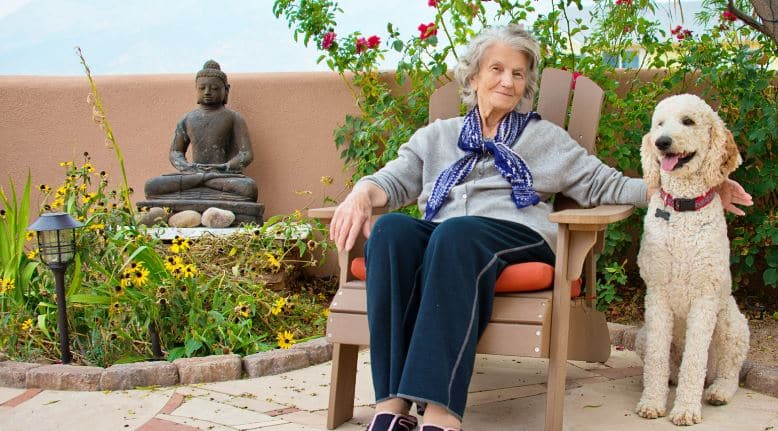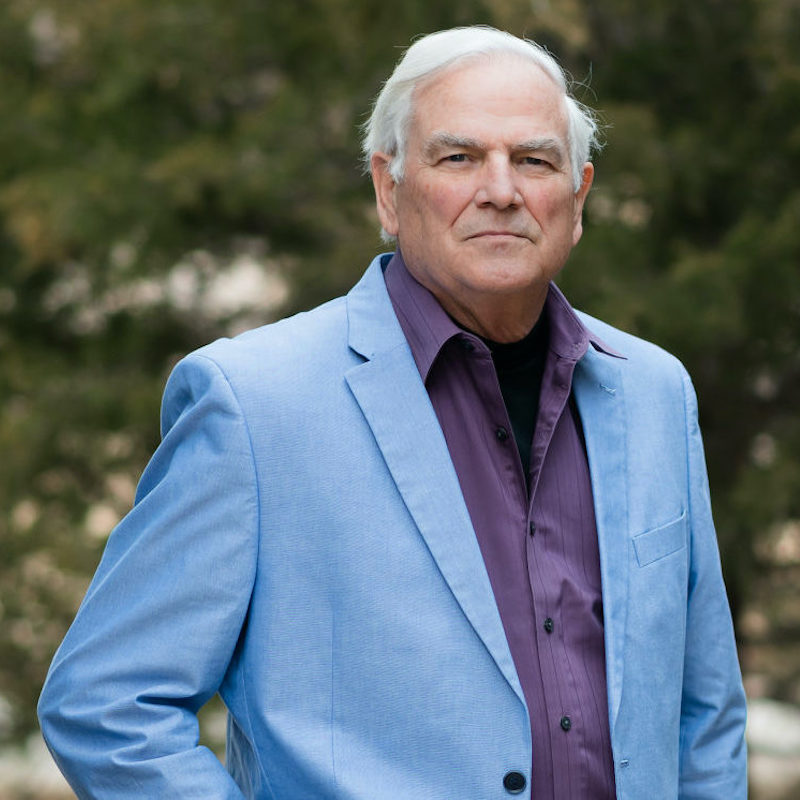Brief History of Service Dogs
Dogs have been aiding the blind for many years longer than people often realize. The first documented effort to train dogs to assist the blind occurred around 1780 at the ‘Les Quinze-Vingts’ hospital for the blind in Paris. In 1788, Josef Riesinger from Vienna successfully trained a Spitz so proficiently that his sight was often questioned. Johann Wilhelm Klein, in 1819, introduced the idea of guide dogs in his book on educating blind individuals, describing his training methods at the Institute for the Education of the Blind in Vienna. Jakob Birrer shared his experiences in 1847 of being guided by a specially trained dog and published a guide dog training manual.
The German Association for Serving Dogs, established in 1916 by the Austrian Police and the War Dog Institute in Pottsdam, Germany, was the first recognized institution for assistance dogs. Though short-lived, it trained German shepherds to guide blinded war veterans. Dorothy Harrison Eustis, an American living in Switzerland, discovered this program and played a pivotal role in advancing the guide dog movement in the United States. After visiting the Pottsdam school, she recognized the noble profession of training dogs as guides. However, it wasn’t until her article in The Saturday Evening Post in November 1927 that she began incorporating guide dog training for her own dogs.
Morris Frank, a blind American, read Eustis’s article and reached out for help. Eustis agreed to train Frank’s dog named Buddy, and Frank traveled to Switzerland to learn how to work with his new guide. Upon returning to New York in 1928, Frank showcased Buddy’s abilities to the media. Impressed by their success, Eustis provided $10,000 to Frank to establish the Seeing Eye school in Nashville, Tennessee, in 1929, later relocating to New Jersey in 1931. Since the 1960s, the use of guide dogs for the visually impaired has become increasingly common and widely recognized among both visually impaired individuals and the general population.

Hearing Service Dogs
Hearing Dogs in Public
Many people are curious about what Hearing Dogs can do for people who are deaf or hard of hearing when they’re in public. The most important thing a Hearing Dog provides a person in public is an increased awareness of his or her environment.
A Hearing Dog isn’t specifically trained to alert to sounds, such as a siren or honking horn. Rather, when a person who is deaf or hard of hearing takes his or her Hearing Dog into public, he or she will gain an awareness of the environment by paying attention to whatever the Hearing Dog is reacting to. When the dog turns to look at something it hears, the person will notice and turn to see what’s happening as well.
Hearing Dog Training
- Training generally takes 4-6 months of temperament evaluation, obedience training, socialization, and sound training. The dogs are taught to work for toys and affection.
- Hearing Dogs are typically trained to respond to 7 sounds:
- fire and smoke alarms
- telephone
- oven timer
- alarm clock
- doorbell/door knock
- name call
- and, sometimes, a baby’s cry.
Once placed with their Deaf partner, the dogs easily learn to respond to additional sounds such as the microwave, tea kettle, and washer/dryer. Hearing Dogs can be taught to alert people to any repetitive sound that can be set up and practiced regularly.
If a sound is inconsistent or too difficult to set up, it is hard for the dog to learn it. Generally, most audiologists at least know of Hearing Dogs in the USA. and how they can be obtained for their patients.
As clinicians, we realize the independence that these service animals provide to the hearing impaired and the companionship they offer, especially for those patients who do not do very well with amplification. Since these service animals are often in short supply and take some time to train, training can be expensive. Some Hearing Dog providers have the capability to match recipients with funding for the animals. One site even offers suggestions for how to present an application so that it will most likely will be accepted.
International Use of Hearing Dogs?
 Although Hearing Dogs have been trained in the US since around 1975, their popularity began to grow in Europe following a lecture in 1979 by Professor Lee Bustad, who was the Dean of the School of Veterinary Medicine at Washington State University. He discussed dog training programs across the United States during the British Small Animal Veterinary Association International Symposium.
Although Hearing Dogs have been trained in the US since around 1975, their popularity began to grow in Europe following a lecture in 1979 by Professor Lee Bustad, who was the Dean of the School of Veterinary Medicine at Washington State University. He discussed dog training programs across the United States during the British Small Animal Veterinary Association International Symposium.
This eventually led to the establishment of Hearing Dogs for Deaf People, introducing the concept to Europe in the early 1980s. Lions Club International played a significant role in the global dissemination of Hearing Dogs. Australia initiated its programs in 1982, presently training and placing approximately 500 dogs. New Zealand began its programs in the late 1990s, and it’s estimated that over 500 dogs have been deployed for service there as well.
Within the last decade, the use of Hearing Dogs has extended to Asia, starting in Japan around 1985. In 2003, Japan implemented a law on service dogs for the physically disabled, covering dogs for both visually and hearing-impaired individuals. However, challenges persist in Japan regarding the acceptance of these animals in necessary locations like restaurants and taxis, despite the legislation. Korea, with sponsorship from Samsung, has recently launched Service Dog programs, primarily focusing on guide dogs for the blind. Nonetheless, the training of hearing dogs typically follows once the concept gains acceptance.
In recent years, China has picked up the Service Dog concept, opening its first training center in 2011 with much fanfare. A recent story by Lin (2012) suggests that the concept of Hearing dogs is developing fast in China. Lin tells about Liu Yan, 36, a hearing- impaired woman, walking on the streets in Beijing with her 2-year-old dog, Pan, wearing an orange uniform. When a cyclist behind them rang a bell the dog responded by suddenly jumping up and putting her paws on Liu’s legs. Yan, who lost her hearing at age 11 due to mumps, says:
“Pan is like family. I can’t hear, so the dog hears everything for me. With Pan, I’m more confident. I used to communicate with colleagues by writing, but now I often open my mouth to talk to them,” says Liu, who has mastered lip reading.
One of the barriers to the use of Service dogs in various countries seems to be legal restrictions of the importation of animals into countries, as many have strict laws regarding entrance for animals. A particular challenge in service dog use appears to be in the Middle East and Latin America, but with the benefits of these remarkable animals this is a challenge that will be surmounted over time as well…
About the author

Robert M. Traynor, Ed.D., is a hearing industry consultant, trainer, professor, conference speaker, practice manager and author. He has decades of experience teaching courses and training clinicians within the field of audiology with specific emphasis in hearing and tinnitus rehabilitation. He serves as Adjunct Faculty in Audiology at the University of Florida, University of Northern Colorado, University of Colorado and The University of Arkansas for Medical Sciences.
**this piece has been updated for clarity. It originally published on September 5, 2012







